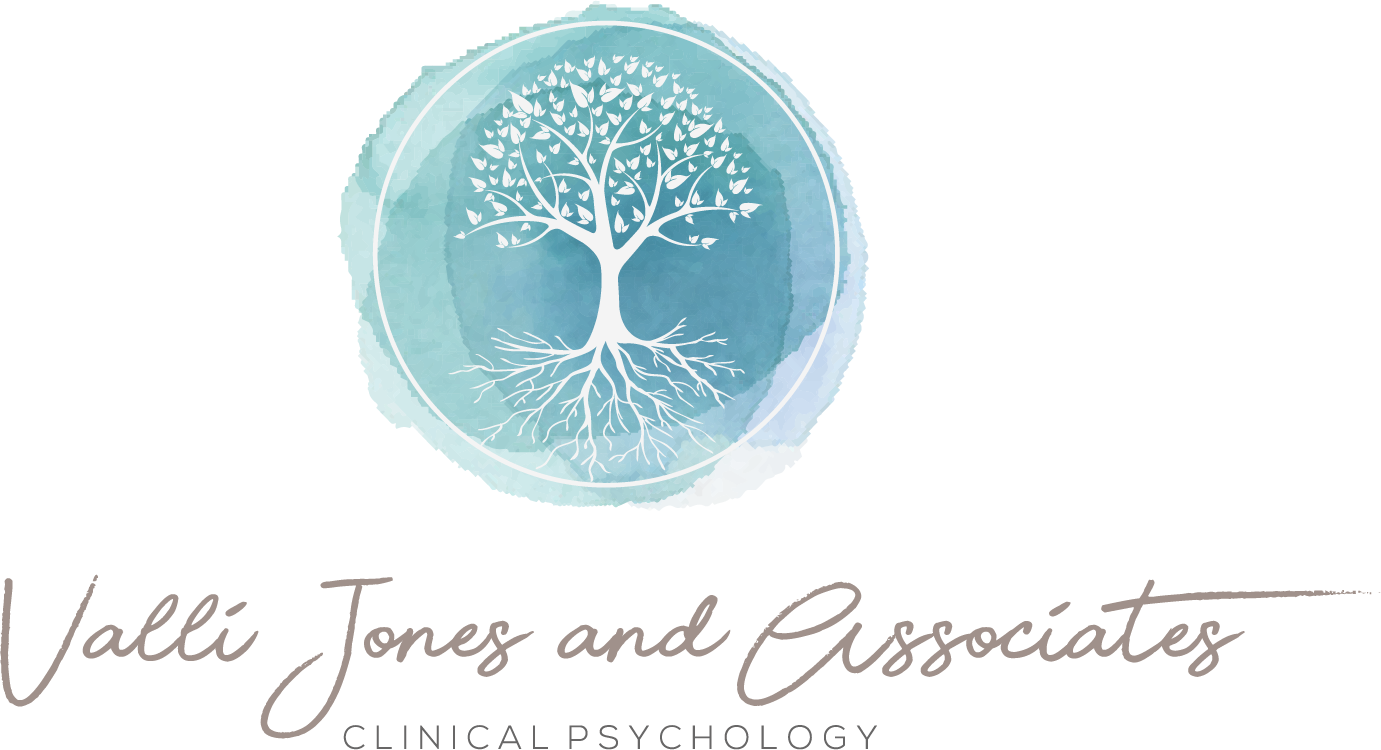What is a Behavioural Condition?
The term Behavioural Condition is broadly used to describe conditions of childhood in which a child presents with behaviours that are atypical and/or extreme for their age. The most common condition in this category is Attention Deficit Hyperactivity Disorder.
Attention Deficit Hyperactivity Disorder (ADHD)
Children with ADHD can experience some or all of the following difficulties, which are broadly organised into three categories:
Inattentive Type: making frequent errors, difficulties concentrating, difficulty organising tasks, often losing things, easily distracted.
Hyperactive-Impulsive Type: often fidgeting or restless, talkative, difficulties with turn-taking, interrupting.
Combined Type: this is the most common type of ADHD. Children fit the criteria for this type if they have symptoms of both inattentive and hyperactive-impulsive types.
How will a Behavioural Assessment be helpful?
An accurate diagnosis can help parents and children to better understand the underlying causes of behaviour. Assessment may also assist with the development of a plan to support the child and their caregivers, and reduce the troublesome impacts of ADHD on daily life, in which case ongoing monitoring is helpful to evaluate the effectiveness of supports. In some cases, behavioural assessment is part of the process of differential diagnosis, and is completed in conjunction with cognitive assessments to determine whether a child’s difficulties can be explained by the presence of an intellectual disability, specific learning disorder, giftedness or other difference..
What is involved with a Behavioural Assessment?
To establish an accurate diagnosis, assessment requires parent interviews to attain a developmental history, in combination with several diagnostic questionnaires, a clinical session with the child, and a teacher interview and/or school observation. Usually three or more of the following questionnaires are used:
- Conner’s Early Childhood (Connors EC). Used to evaluate child behaviour for ages 2 years to 6 years.
- Conner’s Rating Scale (Connors-3). Used to assess ADHD and evaluate problem behaviour in children and adolescents aged 6 years to 18 years.
- Behaviour Rating Inventory of Executive Function (BRIEF-2). Used to assess executive functioning in the home and school environments.
- ASEBA Child Behaviour Checklist (CBCL). A very broad assessment tool used to obtain an overview of a child’s competencies and problems. For children ages 1.5 years to 18 years.
- Adaptive Behaviour Assessment System (ABAS-3). Used to assess adaptive skills from birth to 89 years
The complete assessment process typically involves:
- An initial consultation to gather developmental history and background information, and determine whether it will be helpful to proceed with the assessment process.
- A review of any previous assessment previous reports, and consultation with the child’s school where appropriate.
- Completion of standardised questionnaires by the individual being assessed (for adolescents), and/or their parents and caregivers.
- Clinical assessment session with the child (1 hour)
- Scoring, interpretation, and report preparation.
- A one-hour feedback session to discuss the results of assessment, and all recommendations arising from the results.
What is the cost involved with a Behavioural Assessment?
Breakdown of Fees
- Initial Consultation (1 hour) $230
- Assessment (may include school visit) $230/hour
- Feedback and Recommendations (1 hour) $230
Total $920 approx.
Medicare rebates may be available for some sessions with a GP referral. Many private health funds do offer rebates, depending upon the level of cover.
Schedule an appointment
To schedule an appointment with one of our clinical psychologists please contact us.
